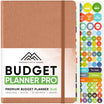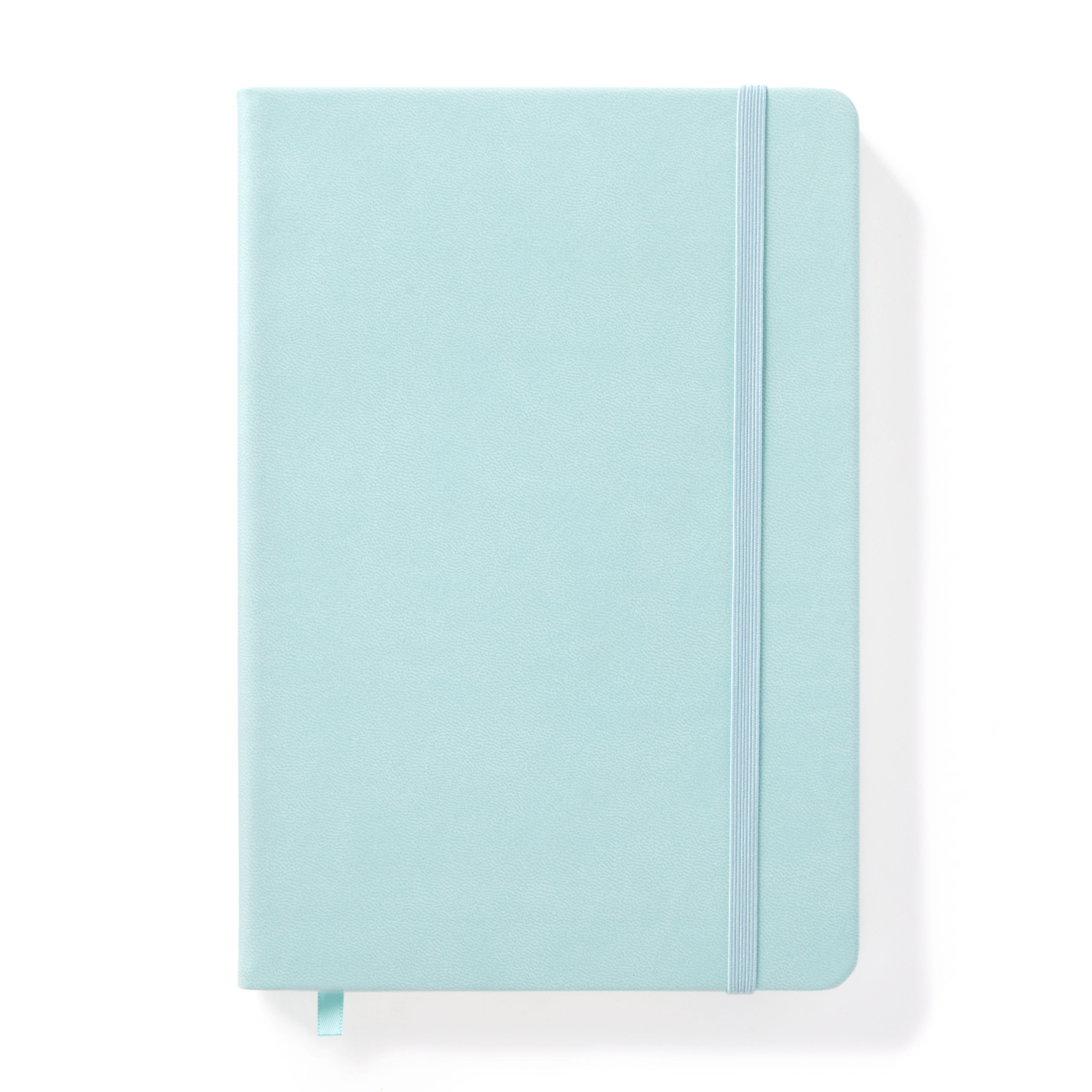Visual elements can add another layer of effectiveness to your productivity journaling. These can enhance understanding, make your journal more engaging, and streamline your productivity tracking.
- Graphs and Charts: Use graphs and charts to represent progress towards your goals or to track habits. This provides a clear, visual representation of your progress.
- Color Coding: Use different colors to represent different tasks, priorities, or types of entries. This can make your journal more organized and visually appealing.
- Sketches and Diagrams: Don't limit yourself to words. Sketches, diagrams, or mind maps can help you brainstorm ideas or plan complex tasks.
The Role of Reflection in Productivity Journaling
Reflection is a crucial aspect of productivity journaling. It offers insights into your working habits, progress, and challenges, enabling continuous growth and improvement.
- Reflect on Your Day: At the end of each day, reflect on what went well, what didn't, and why. This can help you learn from your experiences and make better decisions in the future.
- Reflect on Your Goals: Regularly reflect on your progress towards your goals. Are you on track? If not, what changes do you need to make?
- Reflect on Your Journaling Practice: Reflection should also extend to your journaling practice itself. Is it serving its purpose? Do you need to make any changes to enhance its effectiveness?
In Closing: Unleashing Your Potential with Productivity Journaling
Productivity journaling is more than just a tool—it's a journey of self-improvement, accountability, and success. It empowers you to take charge of your time, tasks, and goals, leading to unparalleled productivity.
Embark on your productivity journaling journey today and unlock your potential.























Leave a comment
All comments are moderated before being published.
This site is protected by hCaptcha and the hCaptcha Privacy Policy and Terms of Service apply.